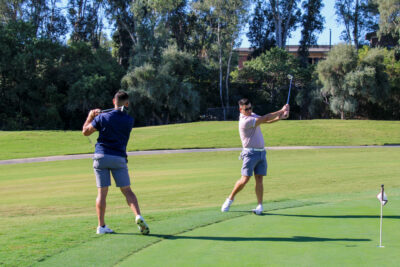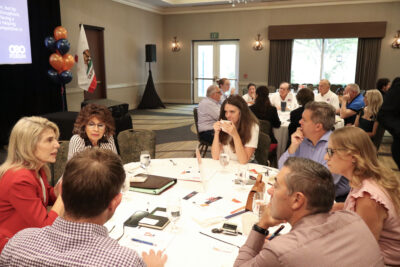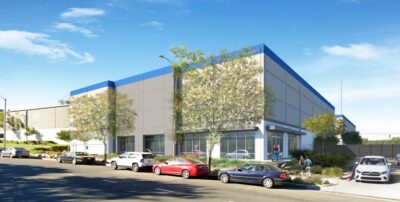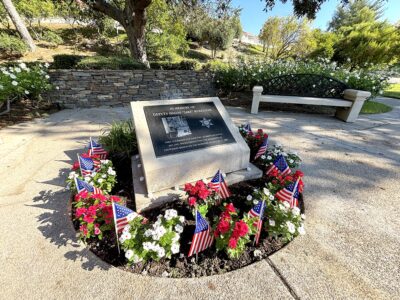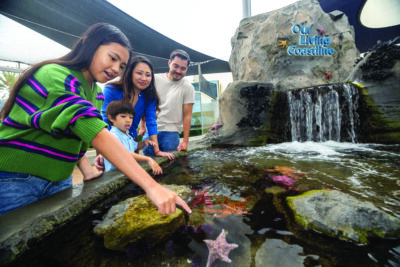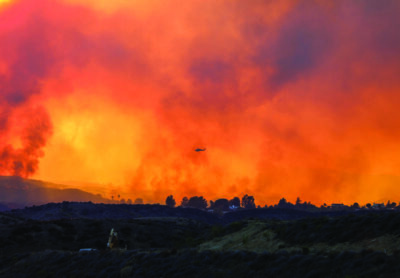I’ve always loved long-distance cycling. One of my first big rides was from England to Wales when I was about 16 years old. I rode from London to Paris with a small group of friends I used to work with before moving here. Since living in the Land of the Free Refill, I’ve completed a handful of centuries (100-mile) organized rides around the hills of SoCal.
There’s something uniquely energizing about being part of a cycling group. The rhythmic spinning of wheels, the synchronized movement, and the shared determination to conquer the next hill — these are more than just moments of physical endurance.
For me, group cycling has become a metaphor for teamwork and leadership in the workplace. The same principles that help a cycling group thrive — communication, trust, strategy and shared goals — are the foundations of any successful team in a professional setting.
When you ride in a group, you quickly learn that it’s not just about personal speed or strength. It’s about how well you move together. Cyclists take turns at the front, bearing the brunt of wind resistance while others draft behind to conserve energy. There’s a natural ebb and flow of leadership — everyone has a role, and the strength of the group depends on mutual support and self-awareness.
This translates almost directly into the workplace. In any high-functioning team, leadership isn’t about constant dominance. It’s about knowing when to step forward, when to support, and when to let others lead. A good leader, like the front rider, sets the pace and direction, but also recognizes when it’s time to rotate and let fresh energy take the lead. Effective leadership is less about control and more about creating the conditions for the team to perform at its best.
Group rides also rely heavily on communication. It’s not always verbal — sometimes it’s a subtle hand signal, a shift in position, or a look back to check on someone struggling. In the workplace, the importance of clear, consistent communication can’t be overstated. Whether it’s aligning on project goals, checking in with team members, or offering timely feedback, small, thoughtful communications help avoid bigger problems down the road.
Another essential aspect of group cycling is trust. You ride close — sometimes just inches from the wheel ahead. That only works if you trust the person in front of you to stay steady, call out hazards, and follow the rules of the group. In professional teams, trust is equally critical. It allows people to take risks, speak up with ideas, and rely on one another. Without trust, teams fragment and are mediocre at best.
I’ve also noticed that group cycling teaches patience and empathy. Not every rider is the same. Some struggle on climbs, others surge ahead on flats. As a group, you learn to adapt to different strengths and weaknesses. You celebrate individual achievements, but never lose sight of the collective ride. In business, successful leaders and teammates embrace this diversity. They don’t expect everyone to work the same way, but instead find value in the varied contributions of each person.
There are, of course, moments of challenge — mechanical issues, bad weather, energy dips. But these are when the group truly shines. Someone always steps in to lend a hand, offer a snack, or crack a joke to lift spirits. In the workplace, it’s often during stressful times — tight deadlines, setbacks, or big transitions — that real teamwork is revealed. A team that supports each other through challenges becomes stronger, more connected, and more capable over time.
Cycling with a group has taught me that leadership isn’t always about being out front; sometimes it’s about looking after those behind you. And teamwork isn’t just about reaching the destination — it’s about how you ride the journey together. The lessons I’ve learned on the road have become part of how I work, lead and connect with others every day.
Whether on the bike or in the working world, progress comes not just from power, but from partnership. And when we ride — or work — as one, there’s no limit to how far we can go.
Let’s keep moving forward!
Paul Butler is a Santa Clarita resident and a client partner with Newleaf Training and Development of Valencia (newleaftd.com). For questions or comments, email Butler at [email protected].




